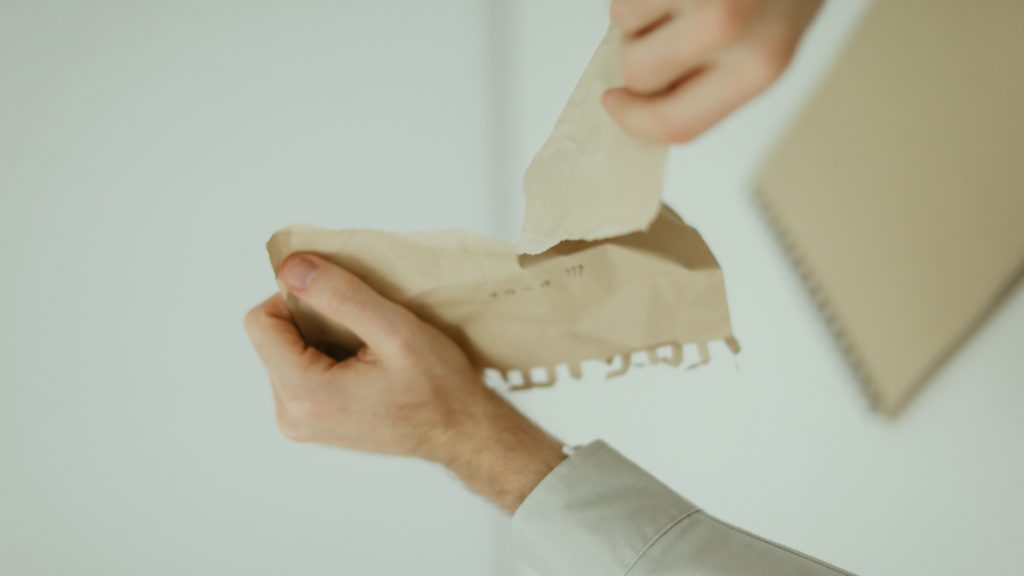FREE Shipping on Orders over $89 with Account – Create One Today!
- (844)-859-9400
- Get Help

Medical adhesive related skin injury (MARSI) is an extremely common, yet under-recognized medical complication. Skin can often be damaged due to the use or removal of a medical adhesive. If that injury persists for more than 30 minutes after removal, an incident of MARSI has occurred. Injuries can range from minor soreness/redness to major legions. In most cases, these troubles are related to tape, which is used in a multitude of healthcare situations, most notably as a securement for wound dressings.
Because of our skin’s tendency to become thinner and more fragile as we age, older patients tend to be more susceptible to these injuries. However, MARSI can affect people of any age given the correct conditions. Fortunately, most instances of MARSI can be avoided by using appropriate products and proper application techniques. Read on to discover some of the major types of injuries that can occur and methods of avoiding them.
The most effective way of avoiding instances of MARSI is to practice proper tape application and removal methods. Tape should always be applied without tension to clean, dry skin. For the best seal, it should be smoothed down with gentle pressure, avoiding wrinkles and air pockets. If being used to secure a dressing, the tape should extend at least half an inch from the edge.
For removal, the edges of the tape should be lifted first, gently. Then, using one finger to hold down the newly exposed skin, pull the tape straight back very slowly. Pulling at an angle will increase the chance for injury. Continue to support the skin as you pull.
Although there are other manifestations of MARSI, the most traumatic affect condition of the epidermis (the outermost layer of skin) and the dermis (the next layer down). The trouble comes when the two are forcibly separated from each other. This can cause soreness and inflammation, or even open wounds.
Tension injury is characterised by the formation of “tension blisters,” where the epidermis becomes separated from the dermis underneath. This can lead to painful sores as well as possible skin stripping (more on that below).
A common cause of tension injury is the improper application and removal of tape. Sometimes tape will be strapped tightly across the skin under the mistaken assumption that it will increase adhesion. Instead, a rigid tape stretched tight will contract after application, pulling the epidermis with it. A similar problem can occur when stiff tape is applied to an area that subsequently swells.
If a patient is at high risk for this kind of injury (thinning skin, advanced age), it is especially important to avoid strapping tape too tightly. It is also vital to observe all other proper tape techniques as explained above. Using a flexible, stretchable tape like Medipore H Soft Cloth Surgical Tape is also beneficial, especially in a situation where swelling is anticipated.
Stripping occurs when the bond between the tape and epidermis is stronger than that between the epidermis and the dermis. When the tape is removed in this situation (especially if it is removed carelessly) the result can be an actual tearing away of the first layer of skin. This can significantly rip the skin and leave the raw dermis layer exposed, leading to very painful open legions.
To prevent this, it is important to use proper tape application and removal techniques, and to use a gentle, hypoallergenic, easily-removed tape like 3M’s Micropore S Silicone-Based Surgical Tape. You may also want to consider using a topical skin protectant, which will form a thin layer on the skin which protects against some negative effects of adhesive. Cavilon, for example, is available in several different forms for your convenience, including as a wipe, spray and stick applicator.
Maceration can occur when moisture is trapped between a tape/dressing and the skin. If the moisture is trapped for a period of time, the surface of the skin will be become grayish white and wrinkled. Macerated skin is soft and permeable, making it much more vulnerable to injury when the adhesive is removed, even in younger patients with previously solid skin.
Using an adhesive that is fully breathable, like Micropore Hypoallergenic Surgical Paper Tape, is the best way to avoid maceration. It is also important the keep a bandaged area clean and dry as much as possible. Never apply a bandage to a wet area of skin. If a dressing becomes saturated with water, replace it.
To learn more about preventing MARSI, and the products that can help, contact Medical Monks customer service. The Monks are available on phone or chat Monday through Friday, 8am-7pm EST. You can also contact us any time via email or text.
